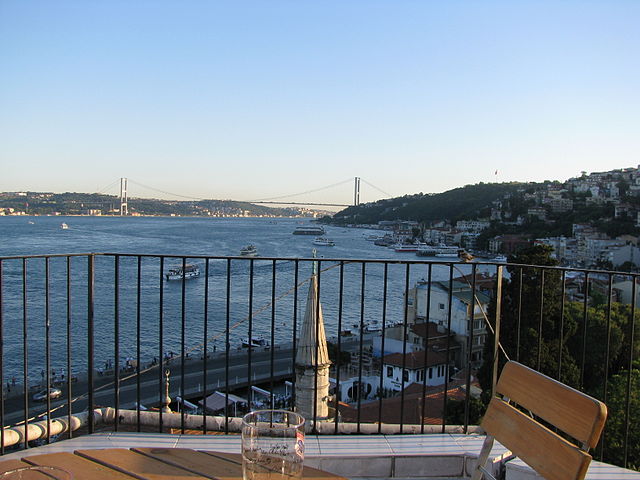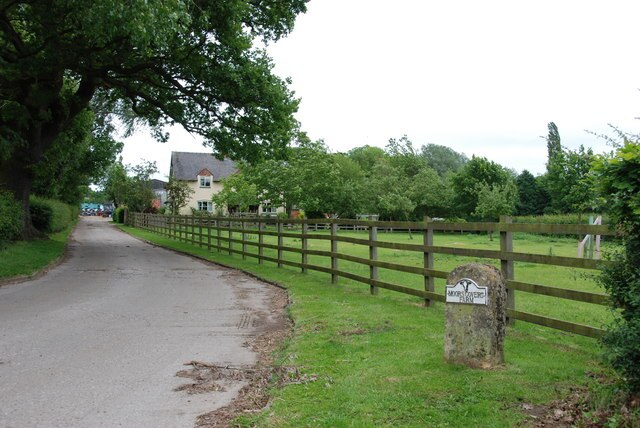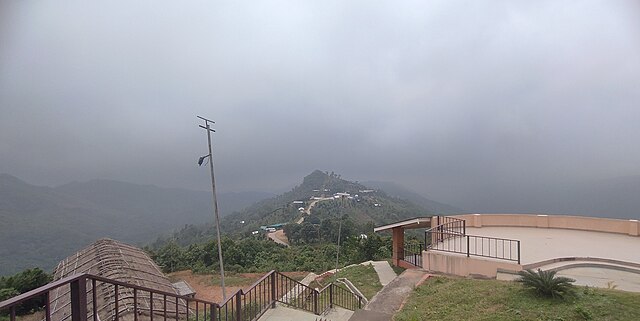Planning a trip to Tura? Understanding the weather patterns of this beautiful hill station in Meghalaya is crucial for making the most of your visit. Whether you’re an adventure seeker, nature lover, or cultural enthusiast, knowing what to expect from Tura’s climate will help you pack right and plan better.
Understanding Tura’s Geographic Location and Climate
Where is Tura Located?
Tura sits at an elevation of 349 meters from sea level, making it a perfect hill station that enjoys moderate weather throughout the year. Located in the Garo Hills of Meghalaya, Tura serves as the administrative headquarters of the West Garo Hills district. This strategic location in Northeast India gives it a unique climatic advantage.
The town’s position in the Garo Hills creates a natural buffer against extreme weather conditions. Unlike the plains, where temperatures can soar or plummet dramatically, Tura maintains a relatively stable climate that’s comfortable for most visitors year-round.
Elevation and Its Impact on Weather
The moderate elevation of Tura plays a significant role in its pleasant weather patterns. At 349 meters above sea level, the town experiences cooler temperatures than the surrounding lowlands while avoiding the harsh conditions of higher altitude destinations. This sweet spot creates an ideal microclimate that attracts visitors seeking respite from both scorching plains and freezing mountains.
Tura Weather Overview: What to Expect Year-Round
Temperature Ranges Throughout the Year
In Tura, the temperature typically varies from 51°F to 89°F (approximately 10°C to 32°C) and is rarely below 47°F or above 96°F. This moderate range makes Tura an all-season destination, though certain periods are definitely more comfortable than others.
The temperature variations follow a predictable pattern that aligns with the four distinct seasons. During the cooler months, you’ll find pleasant daytime temperatures perfect for sightseeing, while the warmer months bring a gentle heat that’s far more bearable than what you’d experience in the Indian plains.
Humidity and Atmospheric Conditions
Being part of Meghalaya, one of India’s wettest states, Tura experiences varying humidity levels throughout the year. The wet season is hot, oppressive, and mostly cloudy while the dry season is warm and mostly clear. This creates two distinct atmospheric experiences for visitors.
During the dry season, you’ll enjoy clear skies and comfortable humidity levels that make outdoor activities pleasant. However, the wet season brings higher humidity and frequent cloud cover, creating a different but equally beautiful landscape shrouded in mist and greenery.
The Four Distinct Seasons in Tura

Spring Season (March-April): Nature’s Awakening
Temperature and Weather Patterns
Spring in Tura marks the transition from cool winter to warmer summer. During March and April, the atmosphere gradually warms up with the advent of spring. Temperatures during this period are particularly pleasant, ranging from 15°C to 25°C during the day.
The weather during spring is characterized by clear skies, gentle breezes, and moderate humidity levels. It’s a time when nature awakens from winter’s slumber, making it an excellent period for photography and nature walks.
What to Expect During Spring
Spring brings blooming flowers, green landscapes, and perfect weather for outdoor activities. The mornings are crisp and refreshing, while afternoons are warm but not uncomfortably hot. Evenings cool down pleasantly, making it ideal for evening strolls and outdoor dining.
This season sees moderate tourist activity, as many visitors prefer the slightly warmer temperatures over winter’s chill. It’s an excellent time for trekking, sightseeing, and exploring the natural beauty that Tura offers.
Summer Season (May-June): Pleasant Heat
Peak Season Weather Conditions
Peak season temperatures range from 16°C and 31°C between the months of April and June. Summer in Tura is surprisingly pleasant compared to other parts of India, making it a popular escape destination during the hottest months elsewhere.
The summer months bring longer daylight hours and generally clear skies. While it’s the warmest time of the year in Tura, the hill station’s elevation ensures that the heat never becomes unbearable.
Why Summer is Popular Among Tourists
Summer attracts the highest number of visitors to Tura because it offers perfect weather for all outdoor activities. While many pockets of the country suffer from scorching heat, Meghalaya welcomes you into a pleasant summer with a cool breeze.
The comfortable temperatures make it ideal for trekking, camping, and exploring the numerous waterfalls and natural attractions around Tura. Hotels and tourist facilities are fully operational, and all major attractions remain accessible.
Monsoon Season (July-September): The Wettest Period
Rainfall Patterns and Intensity
Monsoon in Meghalaya, from June to September, is an experience to remember as the state receives heavy rainfall, making it one of the wettest places on earth. Tura, being part of this region, experiences significant rainfall during these months.
The monsoon typically begins in late May or early June and continues through September. The season lasts from the months of July to October, although the rainfall sets in by late June. During this period, temperatures range between 12-25 degrees Celsius.
Monsoon Experience and Precautions
The monsoon season transforms Tura into a lush green paradise. The rains breathe life into the state’s lush landscapes, creating spectacular views and making waterfalls more magnificent than ever.
However, heavy rainfall can make some roads impassable and outdoor activities challenging. If you’re planning to visit during monsoon, pack waterproof clothing and be prepared for potential travel delays.
Winter Season (October-February): Cool and Crisp
Winter Temperature Ranges
During the winter months, from November to February, the weather is even better than the rest of the year. Winter temperatures can range from 3°C to 15°C, with the temperature ranging anywhere between 3-15°C.
While the days are bright and sunny, you will have a cool breeze blowing across. The winter season provides clear, crisp air and excellent visibility for sightseeing and photography.
Fog and Morning Conditions
One of winter’s most enchanting features in Tura is the morning fog. You can wake up to the foggy mornings, and the days can get foggy and are visually so amazing that they will leave you in awe.
These misty mornings create an almost magical atmosphere, perfect for those Instagram-worthy shots and peaceful contemplation of nature’s beauty.
Best Time to Visit Tura: Seasonal Recommendations
Peak Tourist Season: When and Why
The best time to visit Tura is during the winter period from February to March when the weather is cool during the day, and nights can get chilly, with rainfall at a minimum during this time.
However, different sources suggest varying optimal periods. Best time to visit Tura is from December to February when the weather is pleasant and the festive spirit is in the air. This period offers the most comfortable weather conditions with minimal rainfall and pleasant temperatures.
Budget-Friendly Times to Visit
For budget-conscious travelers, consider visiting during the shoulder seasons – late March to early May or October to November. During these periods, you’ll find better hotel rates and fewer crowds while still enjoying relatively good weather.
The monsoon season, while challenging for some activities, offers the most budget-friendly accommodation rates and a completely different perspective of Tura’s natural beauty.
Monthly Weather Breakdown
January to March: Winter to Spring Transition
January and February represent the coldest months in Tura, with minimum temperatures occasionally dropping to around 3°C. January is the month with the least rainfall in Tura when rain falls for 5 days and typically collects 11mm of precipitation.
March marks the beginning of spring, with temperatures gradually warming up and nature beginning to show signs of renewal.
April to June: Spring to Summer
This period represents the most popular time for tourists. April offers the perfect balance of warm days and cool nights, while May and June bring the peak summer conditions that are still very comfortable compared to other Indian destinations.
July to September: Monsoon Months
These months bring heavy rainfall and high humidity. While outdoor activities might be limited, the landscape becomes incredibly lush and green. It’s an excellent time for photography enthusiasts who want to capture Tura’s monsoon beauty.
October to December: Post-Monsoon to Winter
October marks the end of monsoon season, with weather gradually becoming drier and cooler. November and December bring the onset of winter, with clear skies, cool temperatures, and excellent visibility for sightseeing.
Weather-Related Travel Tips for Tura

What to Pack for Different Seasons
For winter visits (November-February), pack warm clothing including jackets, sweaters, and closed shoes. Don’t forget to bring layers, as temperatures can vary significantly between morning and afternoon.
Summer visitors (April-June) should pack light, breathable clothing, sunscreen, and a light jacket for evenings. Cotton clothes work best during this period.
Monsoon travelers (July-September) need waterproof clothing, sturdy shoes with good grip, and quick-dry fabrics. An umbrella and raincoat are essential items.
Health and Safety Considerations
During monsoon season, be extra cautious about waterborne diseases and ensure you’re drinking clean, filtered water. The high humidity can also make some people feel uncomfortable, so stay hydrated and take breaks in air-conditioned spaces when possible.
Winter visitors should be prepared for potential respiratory issues due to cold air, especially in the early morning hours. Those with asthma or other breathing conditions should take extra precautions.
Conclusion
Tura’s weather offers something special in every season, making it a year-round destination with varying experiences. Whether you prefer the crisp winter air with its magical morning fogs, the pleasant summer temperatures perfect for outdoor adventures, the dramatic monsoon landscapes, or the gentle spring awakening, Tura delivers unique weather experiences that enhance your visit.
The key to enjoying Tura lies in understanding what each season offers and planning accordingly. While winter and summer are traditionally considered the best times to visit, don’t overlook the unique beauty that monsoon and spring seasons bring to this charming hill station.
Remember that weather can be unpredictable, so always check current forecasts before your trip and pack accordingly. With proper planning and realistic expectations, Tura’s diverse weather patterns will only add to the richness of your travel experience.
Frequently Asked Questions (FAQs)
1. What is the coldest month in Tura?
January is typically the coldest month in Tura, with temperatures occasionally dropping to around 3°C. December and February also experience similar cold conditions, making winter clothing essential during these months.
2. Does Tura experience heavy rainfall during monsoon?
Yes, Tura receives significant rainfall during the monsoon season from June to September. Being part of Meghalaya, one of India’s wettest states, Tura experiences heavy precipitation that transforms the landscape into a lush green paradise.
3. Is Tura suitable for summer visits when other parts of India are extremely hot?
Absolutely! Tura’s elevation of 349 meters provides natural cooling, making summer temperatures (16°C to 31°C) much more comfortable than the scorching heat experienced in Indian plains. It’s an excellent summer retreat destination.
4. What should I pack for a winter trip to Tura?
For winter visits, pack warm clothing including jackets, sweaters, long pants, closed shoes, and layers for temperature variations. Don’t forget items for the morning chill, as temperatures can drop significantly during early hours.
5. Can I visit Tura during monsoon season, and what should I expect?
Yes, you can visit Tura during monsoon, but be prepared for heavy rainfall, high humidity, and potential travel disruptions. Pack waterproof clothing, sturdy shoes, and expect incredible green landscapes and magnificent waterfalls. It’s ideal for nature photography but challenging for extensive outdoor activities.

